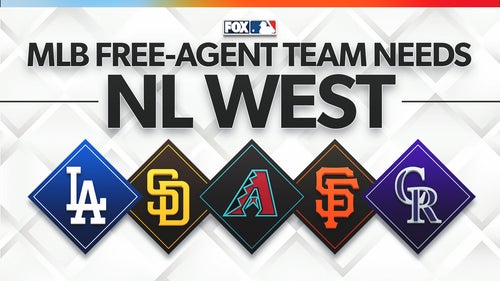
Colorado Rockies Prospect Countdown - #4: Raimel Tapia
It’s Day Six of our Colorado Rockies prospect countdown and the end is in sight. The list continues today with the only outfielder on the countdown and a guy who has scouts divided about his future.
#4: Raimel Tapia
Position: Outfielder
Bats/Throws: L/L
Age: 22 (February 4, 1994)
Height/Weight: 6’2″, 160 lbs
Highest Level Reached: MLB
Estimated Big League Arrival: N/A
One Sentence Summary: There may not be a better pure hitter in the minor leagues today, but the development of his defense and power will determine how successful Tapia will be in the majors.
If you’re enough of a Rockies fan that you’re reading this site in the middle of the offseason, chances are you’re already more than familiar with Tapia. Signed as a teenager from the Dominican Republic, Tapia has never posted a batting average below .305 in any full season since coming to the United States.
So when discussing Tapia, it makes sense to start where everyone else seems to: that swing.
(Source: Tapia1 from Parker hitting on Vimeo)
There has been plenty said and written about Tapia’s unique approach at the plate before (none better than this in-depth piece from Baseball Prospectus), but this paragraph (also from Baseball Prospectus) sums it up nicely
“His combination of bat speed and barrel control means he can hit any pitch in any count. Too often, Tapia has tried to hit every pitch in any count, but during my looks in Double-A, he showed an improved approach, a better idea of which bad balls he can actually do some damage to. He only walked two times in 110 Pacific Coast League plate appearances, but if I was Raimel Tapia hitting in Albuquerque, I wouldn’t be that eager to walk either. Major-league arms might be able to exploit this aggressiveness, but we’ve said the same about Tapia at each subsequent level of the minors, and no level of arm has…yet.”
Tapia is a hyper-aggressive hitter in the mold of a Vladimir Guerrero or Pablo Sandoval, which would be more of an issue except he continues to square up pitches that he frankly has no business hitting hard. Like the quote said, scouts have continued to worry about pitchers exploiting this, and Tapia has continued to prove those fears unfounded (thus far).
More from Rox Pile
As much as scouts are universally enamored with Tapia’s ability to shoot base hits all over the field, there are some concerns about how his skills fit into a big league lineup. Tapia hits with about as much power as you would expect from a 160-pound man (which is to say, not much). He’ll probably fill out over the next few years and gain some strength, but projecting him for anything other than fringy power seems like a stretch.
If Tapia was a sure thing in center field, the power wouldn’t really matter all that much, but there are some that believe he’ll have a hard time patrolling one of the largest center fields in all of baseball. Tapia’s natural instincts are very clear at the plate, but in the field he has looked lost at times, and more than a few people have suggested he’s a better fit in a corner outfield spot.
I wrote about Tapia recently and expressed concern about how he would fit into the Rockies 25-man roster. If you consider Ian Desmond a potential outfielder, Tapia would be, at best, the fifth-best outfielder in Colorado. Even if Tapia might be MLB-ready, there just may not be a role for him with the Rockies in 2017.
Truthfully, I’m pessimistic about Tapia’s chances of ever being much better than an average MLB outfielder. Even if you assume he’ll continue to hit over .300 in the big leagues (and that’s not a sure thing), his ceiling seems like a high-average, low-power hitter with above-average corner outfield defense.
That’s not a terrible thing to be, and he can still help Colorado if that’s what he becomes. However, some may see his gaudy batting averages in the minor leagues and picture a future star in Tapia, and that may be a mistake.


